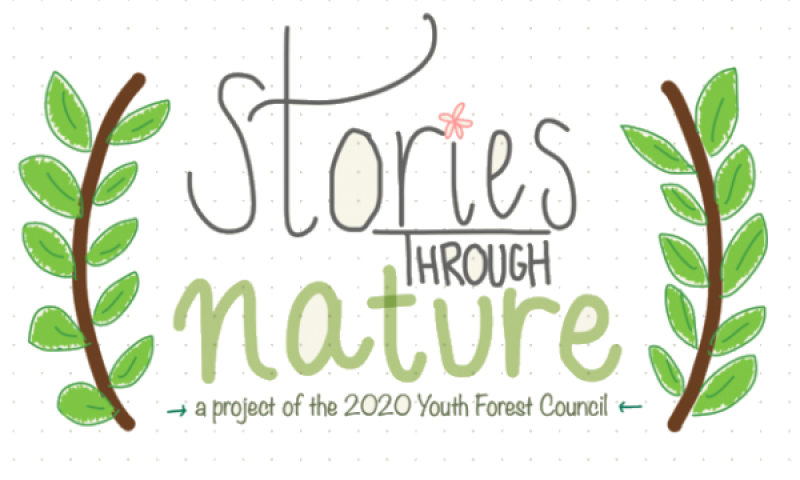
Hey fellow tree enthusiasts!
Welcome to our Community Action Project (CAP). We are three interns working with the City of Austin’s Development Services Department. Through our one-year journey, we have expanded our knowledge of the urban forest, helped on projects benefiting the community, and come to appreciate the nature around us even more.
What is an urban forest? …
The Office of Sustainability wants to acknowledge the lives of Mike Ramos, George Floyd, Breonna Taylor, Ahmaud Arbery, Tony McDade and countless others killed and devastated by white supremacy and police violence. We see Black people who are raising their voices in the streets to demand justice and stand with them. In the midst of a global pandemic, these tragic acts of police violence amplify and highlight the fact that Black communities face the injustices of systemic racism that are ingrained in every level of our society. We respect and honor the sadness, grief, fear, rage, and frustration that Black people and Black communities are feeling through their lived experience.
In o…
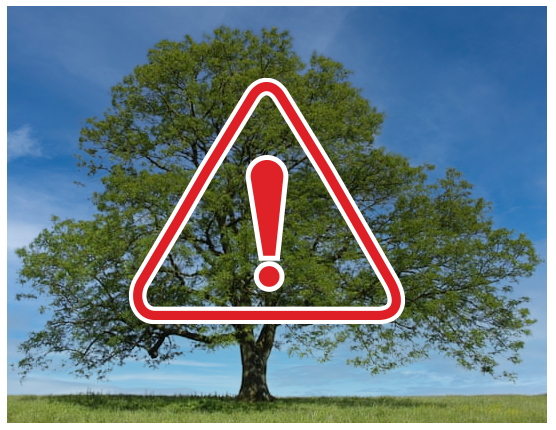 Alert! Tree Emergency!
Alert! Tree Emergency!
Austin, we need to prepare for a very serious problem that could have big impacts on our urban forest. Even if you don’t know much about trees, you can help!
Ash trees (Fraxinus spp.) could be attacked at any time by a destructive insect called Emerald Ash Borer (EAB), Agrilus planipennis. All species of ash can be hosts for EAB. This beetle was accidentally brought to the US from Asia. It was firs…
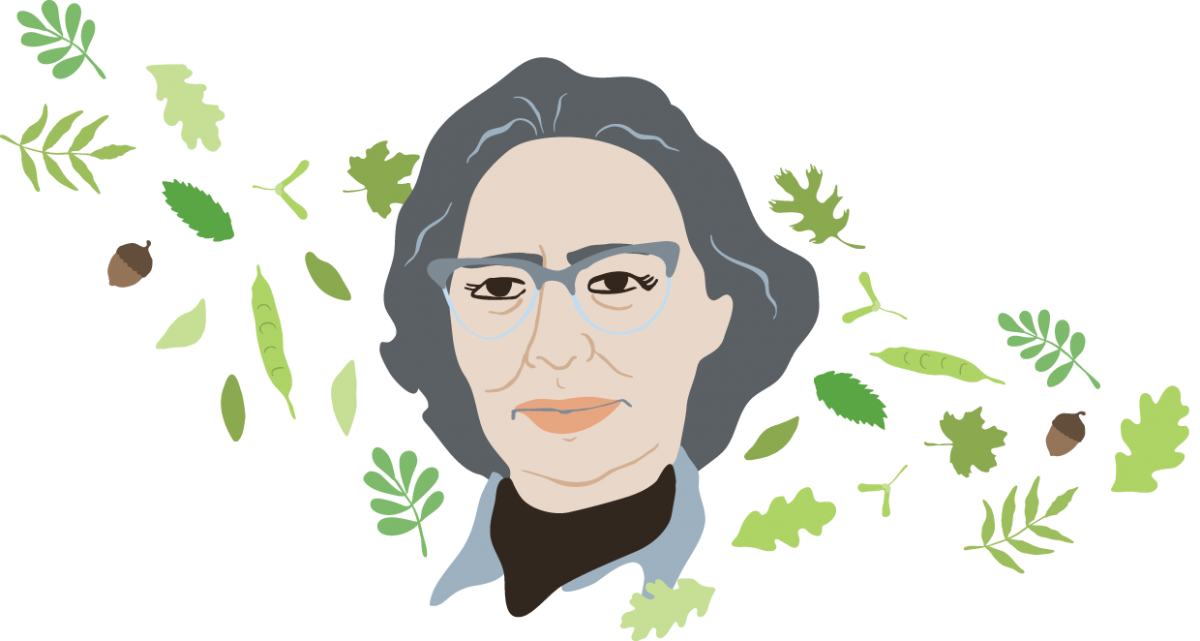
Margret Hofmann was born in Germany in 1925. Growing up during the rise of Hitler and the Second World War, she witnessed the destruction of lives and places she loved. The experience left her committed to fighting for the things she cared for most. “The burden is that you feel you have to fight apathy… I have an increased sense of appreciation to have food, to sleep at night.”
Margret immigrated to the United States in 1946, eventually settling with her husband in Austin, Texas. In Austin, Marg…
“Hackberry? That’s a trash tree.” Most of us in Central Texas have probably heard someone say this at least a couple of times. Few species of tree are hated as much as the lowly hackberry. But is this justified? Let’s take a closer look at one of our most prolific native species.
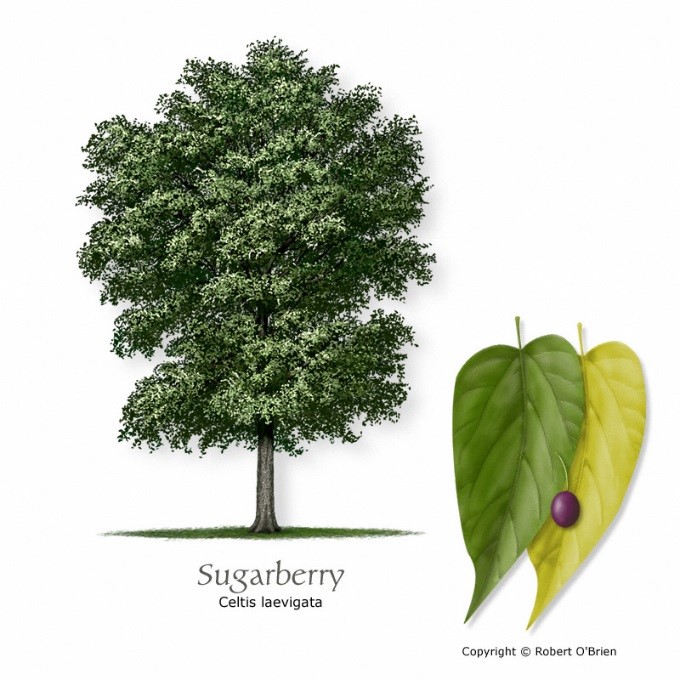
Hackberries are in the Genus Celtis. The name “Hackberry” is derived from Scottish “Hagberry,” or “Bird Cherry.” There are nearly 70 species worldwide. Common names include beaverwood, nettlewood, and sugar hackberry. In the Austin area, three species…
How Tree Roots Work Part 1 | How Tree Roots Work Part II: Digging Deeper
Soil Ecosystem
Did you know trees communicate with each other through a network like our World Wide Web? Tree roots live underground, but they are not alone. They are part of a vibrant ecosystem. Of course, soil contains large organisms like insects, worms, moles, and spiders, but the smallest lifeforms are very important to tree health. There are more bacteria in a teaspoon of soil than people on the planet. Other tiny soil organisms include fungi, algae, and protozoa. All of t…
We’re nearing another Texas summer in Austin and it’s getting easier to imagine the record-breaking 110-degree weather recorded last July. Fascinated by the role that the landscape plays in urban heat and microclimates, students at Texas State University analyzed land surface temperatures across Austin. While this is something anyone can ‘feel’ when they step out in a black t-shirt, it’s interesting to take a step back and view the cityscape and urban heat on a larger scale. Students processed data provided by USGS and NASA, utilizing ArcGIS online to analyze and present their findings.
A Wealth o…
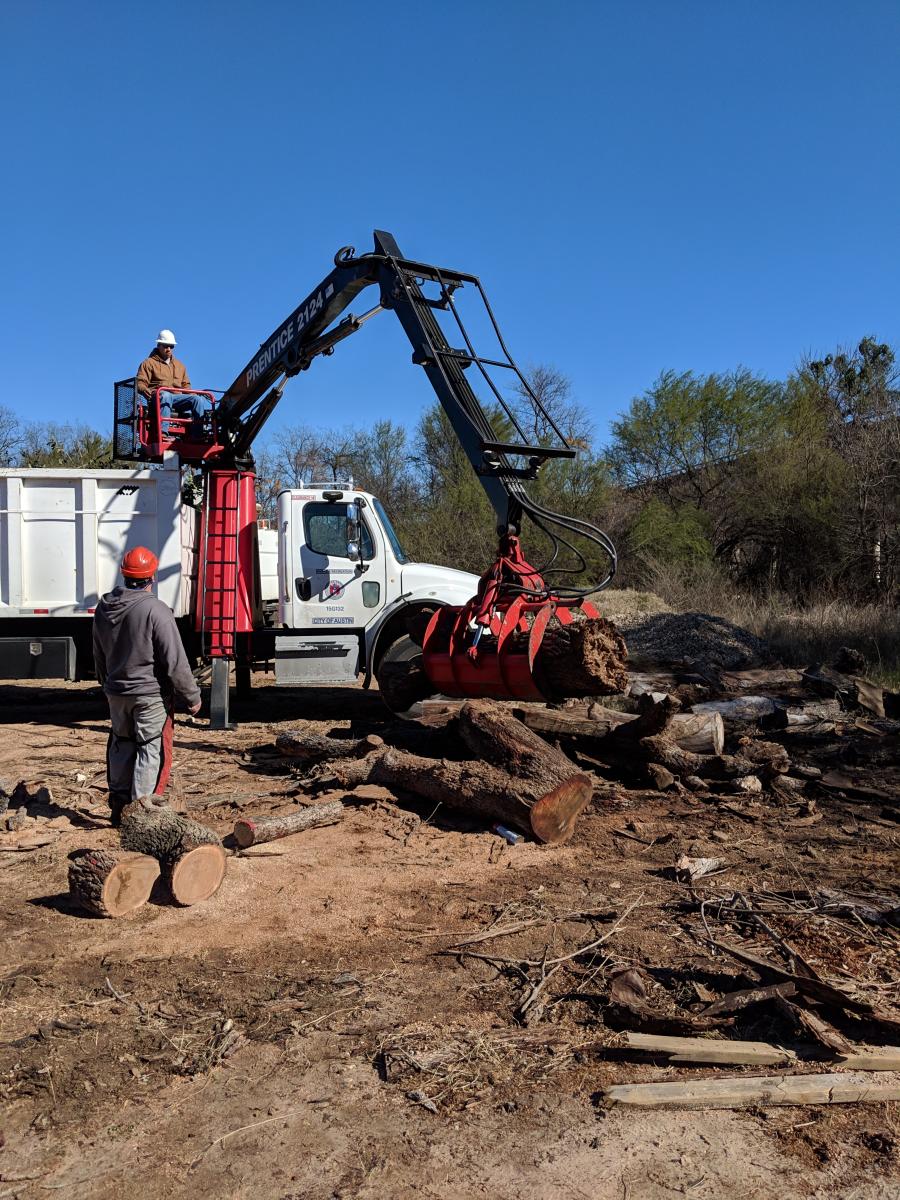
On the first Friday of most months, members of the Urban Forestry team of Austin’s Parks and Recreation Department (PARD) can be found in a maintenance lot off Stratford Drive*. Mopac looms to the east. Ready with chainsaws and log lifters, they offer the public a unique free resource: Austin-grown wood. PARD oversees the management of over 288,000 trees on Austin parklands. Keeping those public spaces safe is the first priority for their Urban Forestry team, especially in a city known for our natural gems…
In 1969, a massive oil spill occurred near Santa Barbara, California. Over 21,000 gallons of crude oil were dumped into the ocean, killing thousands of marine animals and igniting public outrage. It was this event that inspired the first Earth Day.
Founded on April 22, 1970, as a national “teach-in” to educate the public about environmental issues, this past Earth Day marked the 49th anniversary of the largest secular event on the planet. What started as a relatively “small” movement — 20 million people participated in that first Earth Day — has grown exponentially. It’s estimated that more than a billion people took part in Earth Day activities around the world this year.
N…
Eastside Memorial High School is known for tackling environmental issues head-on. This became even more evident when they became the first high school in Texas to be recognized by the National Wildlife Federation as an Eco-Schools USA Green School.
The road to becoming a Green School began in 2014, when the school embarked on a campus-wide beautification project. The overall effort included building a garden, compost system, flow form, and wicking bed for plant propagation. They also built an outdoor learning area using grant funding from the City’s Bright Green Future Gran…

